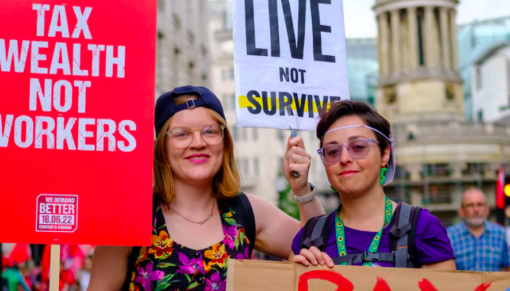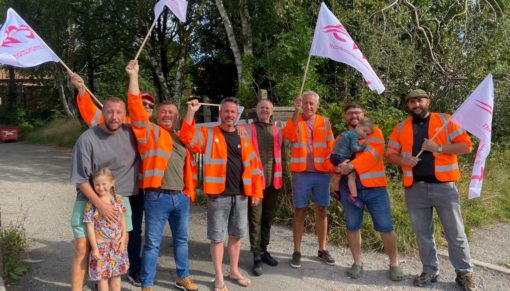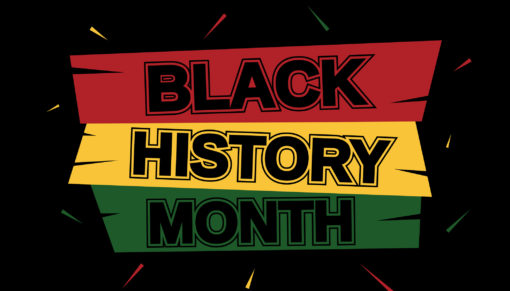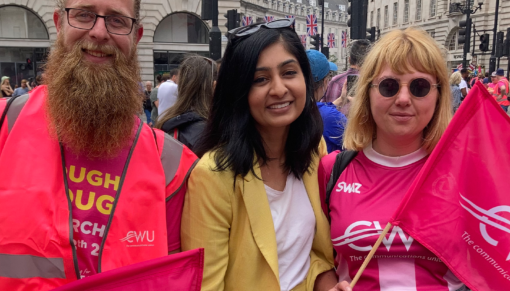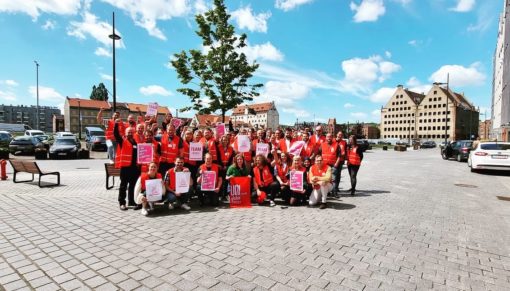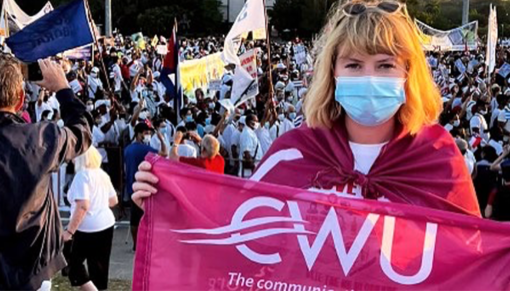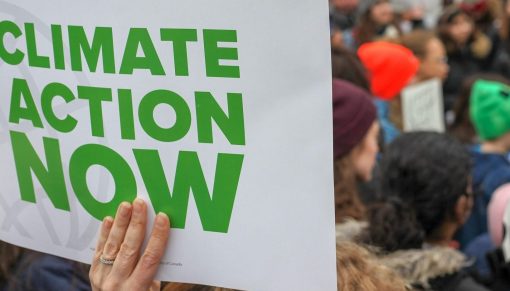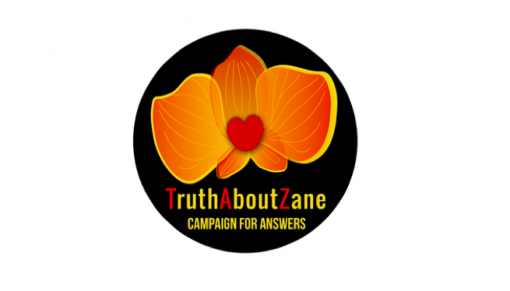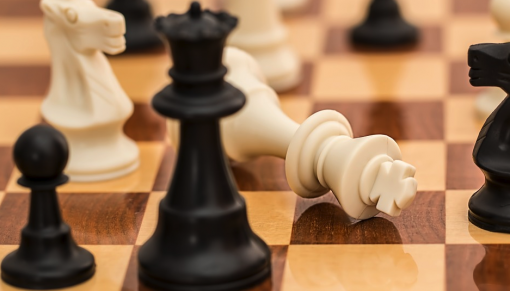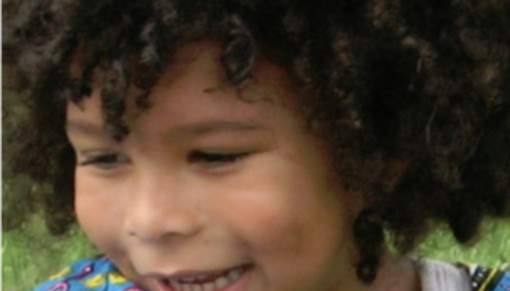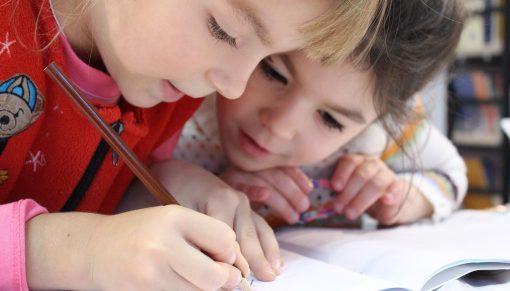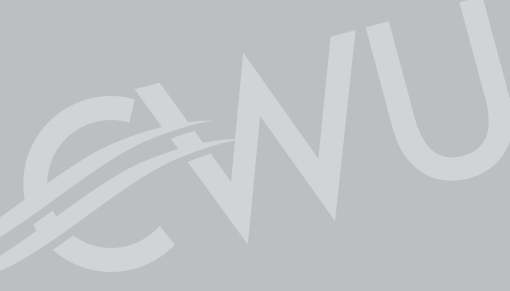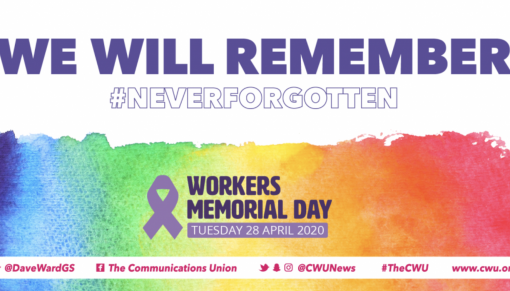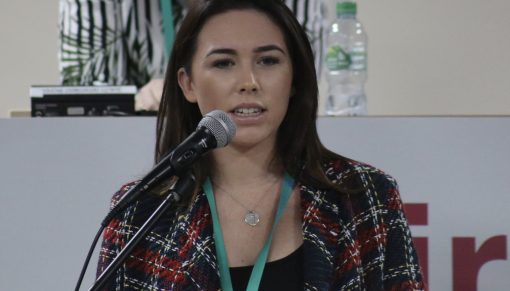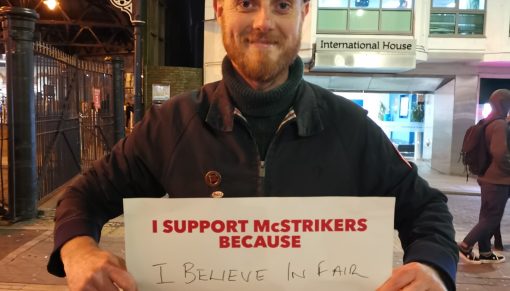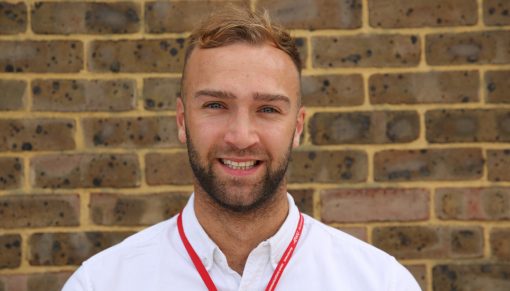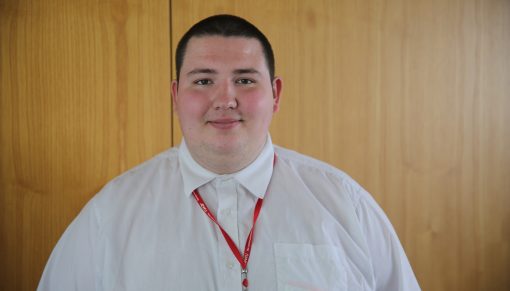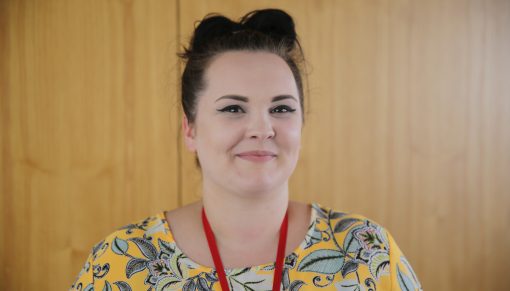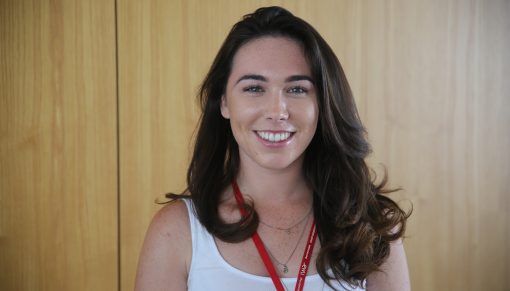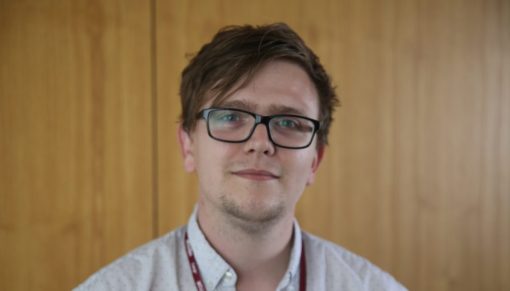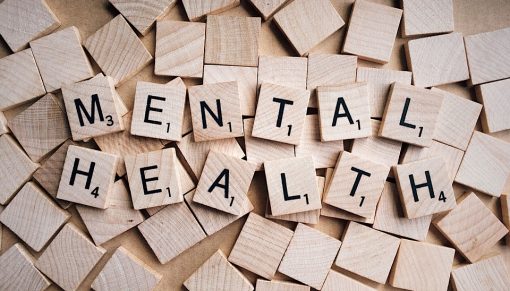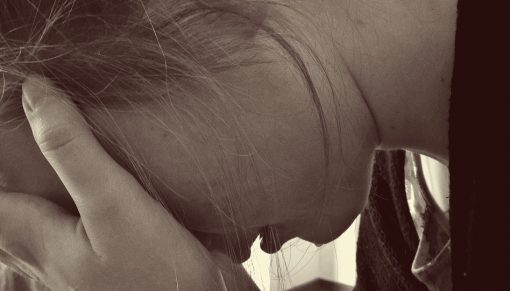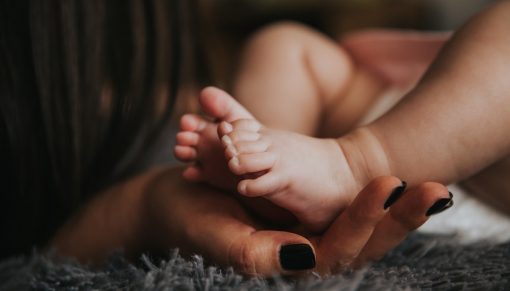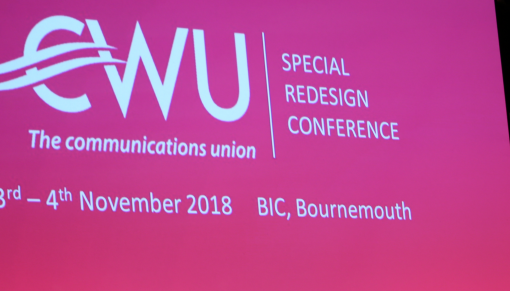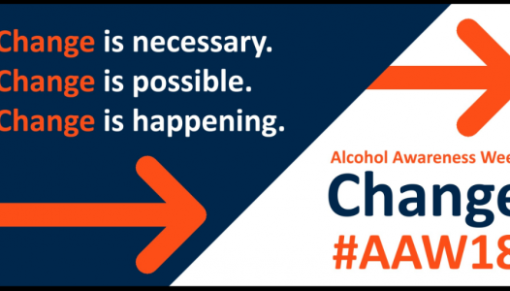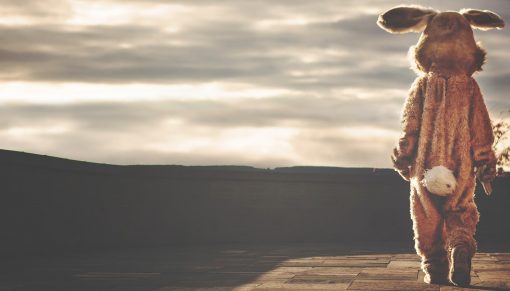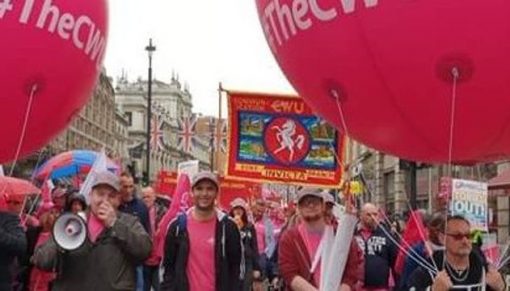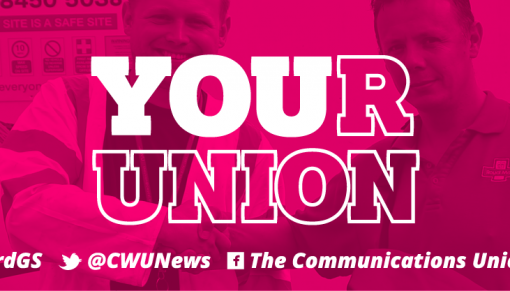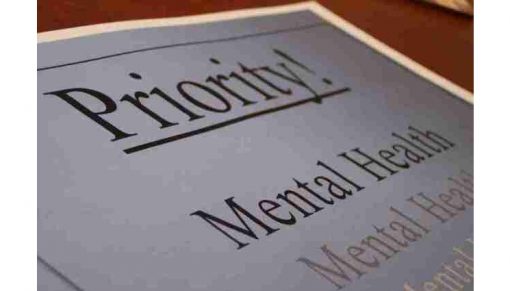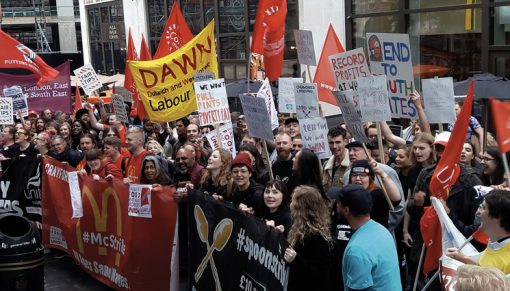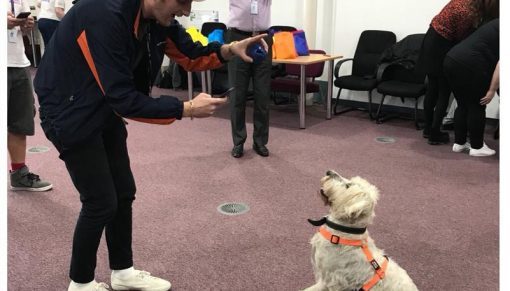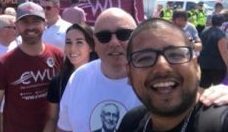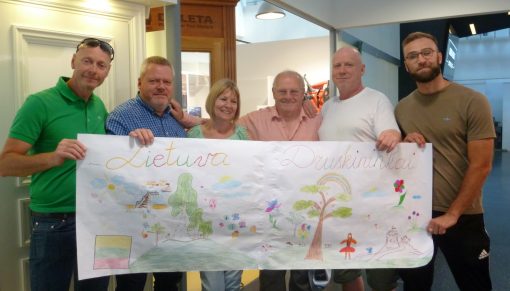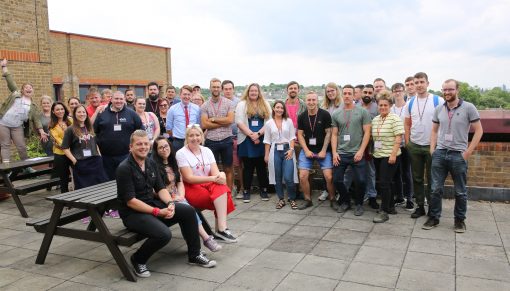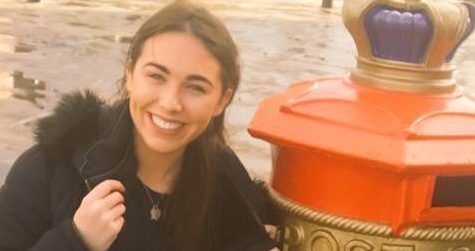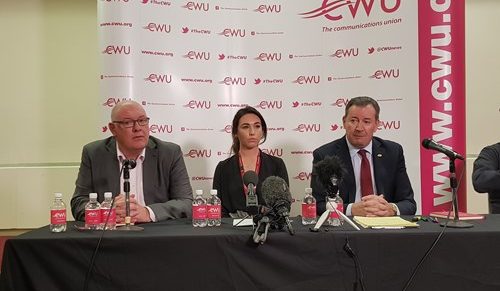CWU’s Jack England’s trip to Cuba – a life changing experience
May 25 2016My name is Jack England; I am a union representative for the Great Western branch in South West England for the CWU. I joined as a member 8 years ago; last year I decided to get more involved and now do discipline cases and political marches. When the opportunity arose to travel to Cuba I jumped at the chance, I went before our branches committee and the unanimously supported me to go. Six months later and am back from one of the best experiences of my life, I’d be lying if I said it wasn’t life changing.
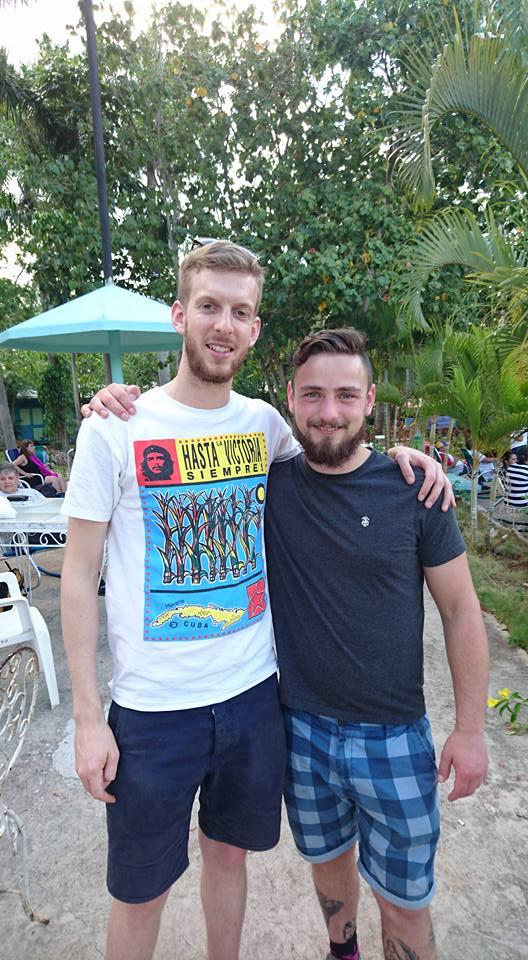 The Cuba Solidarity Campaign was formed decades ago (under various names) to stand up for Cuban people against the trade blockade imposed by the United States of America in 1960 on the 19th of October by the Eisenhower administration. This was done as Cuba had a Socialist Revolution where now president Fidel Castro, Ernesto Che’ Guevara, Raul Castro and countless others fought to oppose the dictator Batista. When they won they started nationalising businesses such as oil and petrol companies which were American owned (e.g. Esso and Shell). Things that are vital to human life were prioritised over profits, so healthcare became free, food is provided to all, education is free including university also no one is homeless or illiterate in Cuba. But America saw the nationalization of American owned companies as a direct threat to America therefore it imposed the harshest trading restrictions on the planet on Cuba.
The Cuba Solidarity Campaign was formed decades ago (under various names) to stand up for Cuban people against the trade blockade imposed by the United States of America in 1960 on the 19th of October by the Eisenhower administration. This was done as Cuba had a Socialist Revolution where now president Fidel Castro, Ernesto Che’ Guevara, Raul Castro and countless others fought to oppose the dictator Batista. When they won they started nationalising businesses such as oil and petrol companies which were American owned (e.g. Esso and Shell). Things that are vital to human life were prioritised over profits, so healthcare became free, food is provided to all, education is free including university also no one is homeless or illiterate in Cuba. But America saw the nationalization of American owned companies as a direct threat to America therefore it imposed the harshest trading restrictions on the planet on Cuba.
Any country or company found to be trading with Cuba is blacklisted from trading with America; American citizens are not allowed to travel to Cuba from the US (until this year when Obama lifted certain restrictions.) This blockade also includes medical supplies and technology, it is designed to try and break the Cuban people and overthrow the revolution.
America also created the wet foot dry foot policy, encouraging illegal immigration from Cuba. This means if a Cuban leaves Cuba on a boat and lands on the beach instantaneously they will be granted American citizenship. However, if they are caught in the sea they are sent back to Cuba. When this started Fidel allowed whoever wanted to leave the chance by offering them boats and sent 200,000 Cubans to Miami.
The USA also broadcasts TV and Radio propaganda via Radio Marti to Cuba costing the American taxpayer $27 million in 2014. In total costing them almost half a billion dollars since its inception. Cuba has blocked this transmission since it began. Obama tried to cease the transmission in 2012 but Congress continued to fund it. It is said less than 1% listened to the broadcasts and in 2008 they stopped surveying people.
So the Cuba Solidarity Campaign (CSC) is here to campaign to bring these issues to an end so the Cuban people can be free of US oppression and imperialism.
On the 27th of April after CWU National conference I went up to Gatwick to meet the other delegates for the first time. We had been speaking on Facebook beforehand but had never met. There were delegates from Unite, Unison, GMB, Unison, USDAW, RMT and myself CWU. There were 28 of us in total one of the biggest delegations from around the world only beaten by Chile. We were all very excited for the following day and all got on well.
The next day we all met in Gatwick Airportsporting our May Day Brigade T-shirts so we could spot each other. Checked in luggage and embarked on our nine hour flight dotted around the plane talking to other passengers going on their holidays. Virgin even did an announcement about what we were doing which was very good of them.
Once there you could see the effects of the trade embargo when you stepped outside the airport, 1950’s cars and buses everywhere. The cars were beautiful well looked after and painted. The bus we boarded was a bit rusty to say the least and the roof had been fixed with roof felt for a house due to the technicalities of getting materials to fix it properly’.
Hot and sweaty we arrived at Campamiento Julio Antonio Mella (our camp) and met a very cheery and friendly Luis Marron who is a Cuban who takes care of the British and Irish delegation. We went over the program of events in the days to come and were introduced to our dorms. Which were very basic, but had fans above to cool us down. There were 6 to a dorm; 2 bunks and 2 beds. The shower and toilet block as also very basic. Cold water only which was refreshing in the 34c heat but it trickled out very slowly. The toilets were western toilets but with non lockable doors that were shoulder high so you could say good morning whilst doing your business.
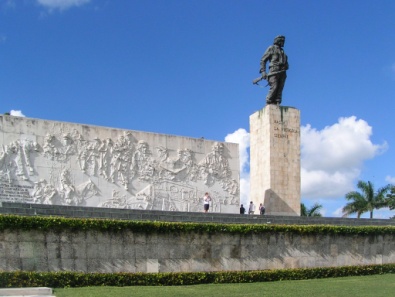 The first day of activities started with a visit to Artemisa province where we visited a mural for those who fought and died during the revolution. A huge Cuban flag waved in the wind neighbouring and equally grand the 26 of July flag, the date known as the start of the revolution. Inside were carvings into the walls and memorials.
The first day of activities started with a visit to Artemisa province where we visited a mural for those who fought and died during the revolution. A huge Cuban flag waved in the wind neighbouring and equally grand the 26 of July flag, the date known as the start of the revolution. Inside were carvings into the walls and memorials.
The next stop was a production centre where they forged bricks by using old tools. They also grew Mangos which looked delicious but unfortunately were not ripe to eat just yet. They also made fence posts and kept cattle. It was a boiling day and after standing in the blistering heat drawling over mangos were went to a lake in Las Terrazas which was paradise. We swam and cooled down with some locals before heading back to camp.
During our trip we did two bouts of agricultural work the first being picking up stones in the crops and getting them out the way. On this day we also got to drink sugarcane juice and drink honey from a bee hive. In Cuba there are two types of bee one which stings and one which doesn’t, the beekeeper we went to had the friendlier kind and we got given straws and sucked the honey straight from the hive. The second lot of agricultural work we were given machetes and told to hack down weeds surrounding the banana plantation. This was great fun but also very tiring in the heat even though it was early.
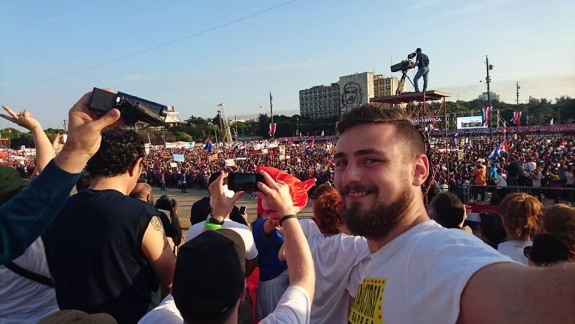 May1st was the day we were all there for, up at 03:00 and off to Havana for the march. We had great seats under Raul Castro who started the march off. 1.2 million people marched through Havana in just over 2 hours. This wasn’t all of Cuba either, this was just the Havana province there were marches in the other 15 provinces to with hundreds of thousands extra taking part. The march celebrates the revolution and working people, unions were marching wielding something that represents their profession, teachers had giant cardboard pencils, doctors had a cardboard ambulance we saw other countries marching donning their flags too. It was really quite impressive.
May1st was the day we were all there for, up at 03:00 and off to Havana for the march. We had great seats under Raul Castro who started the march off. 1.2 million people marched through Havana in just over 2 hours. This wasn’t all of Cuba either, this was just the Havana province there were marches in the other 15 provinces to with hundreds of thousands extra taking part. The march celebrates the revolution and working people, unions were marching wielding something that represents their profession, teachers had giant cardboard pencils, doctors had a cardboard ambulance we saw other countries marching donning their flags too. It was really quite impressive.
After the march we had some time to walk around Havana, you could see the affects of tourism due to the recent amendments to the blockade allowing American citizens to visit Cuba. Scaffolding on buildings doing up the ancient crumbling buildings, a fellow delegate said even last year when he had come it looked loads better. Just imagine if the blockade was lifted entirely what Cuba could achieve.
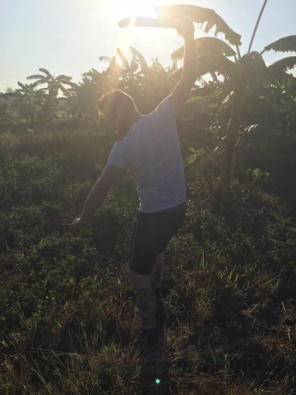 During the trip we also went to the Convention Palace International where we heard from delegates worldwide discussing their issues at home and showing their solidarity with Cuba. The mothers from America were especially touching, they told of the racist agenda of the police force in the states and how their sons had been killed or sent to prison for crimes they hadn’t committed.
During the trip we also went to the Convention Palace International where we heard from delegates worldwide discussing their issues at home and showing their solidarity with Cuba. The mothers from America were especially touching, they told of the racist agenda of the police force in the states and how their sons had been killed or sent to prison for crimes they hadn’t committed.
Being there we all felt very lucky and important, we had a translator in our earpiece as naturally there were a lot of speakers of different languages. The hour long presentation on Cuba was very interesting and we learned a lot about the blockade, the illegal occupation of Guantanamo and lots more. We were all left feeling like Cuba has been unfairly treated and that whatever differences the USA and Cuba may have should be cast aside so the people of Cuba can have normal lives.
The icon of the revolution Ernesto Che’ Guevara’s memorial was a very solemn part of the trip, especially as we were told all the things he had done to achieve Cuba’s states as a socialist country. To then go to his grave as very saddening. He was eventually murdered by the C.I.A in Bolivia. A 7 ton statue stood proudly outside overlooking Villa Clara. Inside was a nice feature of plants, rockeries and plaques. Accompanying the mural is a small museum with artefacts previously owned items of Che’s such as binoculars, weapons, clothes.
We also visited Camillo’s memorial and whilst there were honoured to meet veteran revolutionaries who told us of their struggles and allowed us to ask questions. Camillo’s museum was similar to Che’s old property of his in glass cabinets.
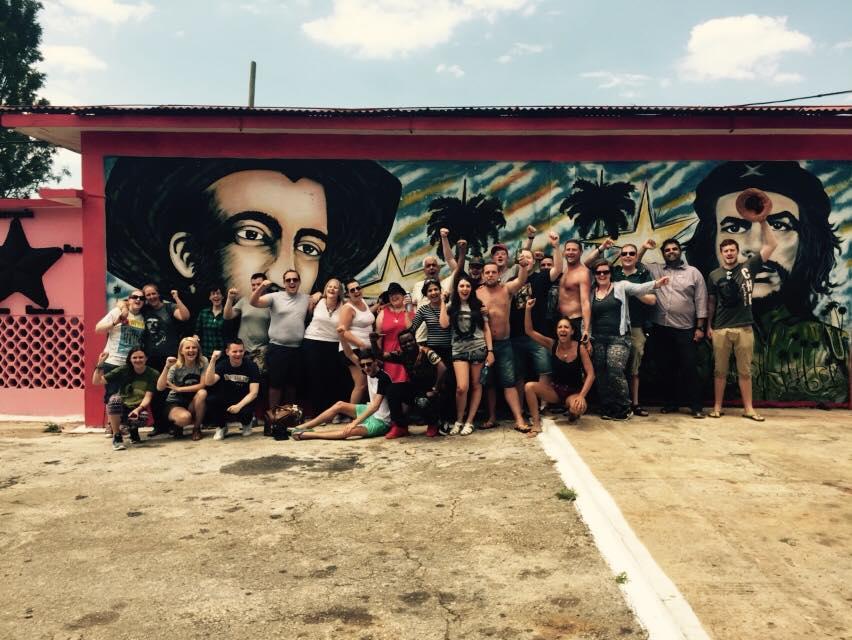 From this year onward I would urge the CWU to send more candidates to Cuba, we have been affiliated to the Cuba Solidarity Campaign for some time yet I was the only delegate from the union to attend and apparently have been for some time. If people are interested they can go on http://www.cuba-solidarity.org.uk/ for more information on how to get involved, get your branch affiliated if it isn’t already. Or you can call them on +44 (0)20 7490 5715.
From this year onward I would urge the CWU to send more candidates to Cuba, we have been affiliated to the Cuba Solidarity Campaign for some time yet I was the only delegate from the union to attend and apparently have been for some time. If people are interested they can go on http://www.cuba-solidarity.org.uk/ for more information on how to get involved, get your branch affiliated if it isn’t already. Or you can call them on +44 (0)20 7490 5715.



